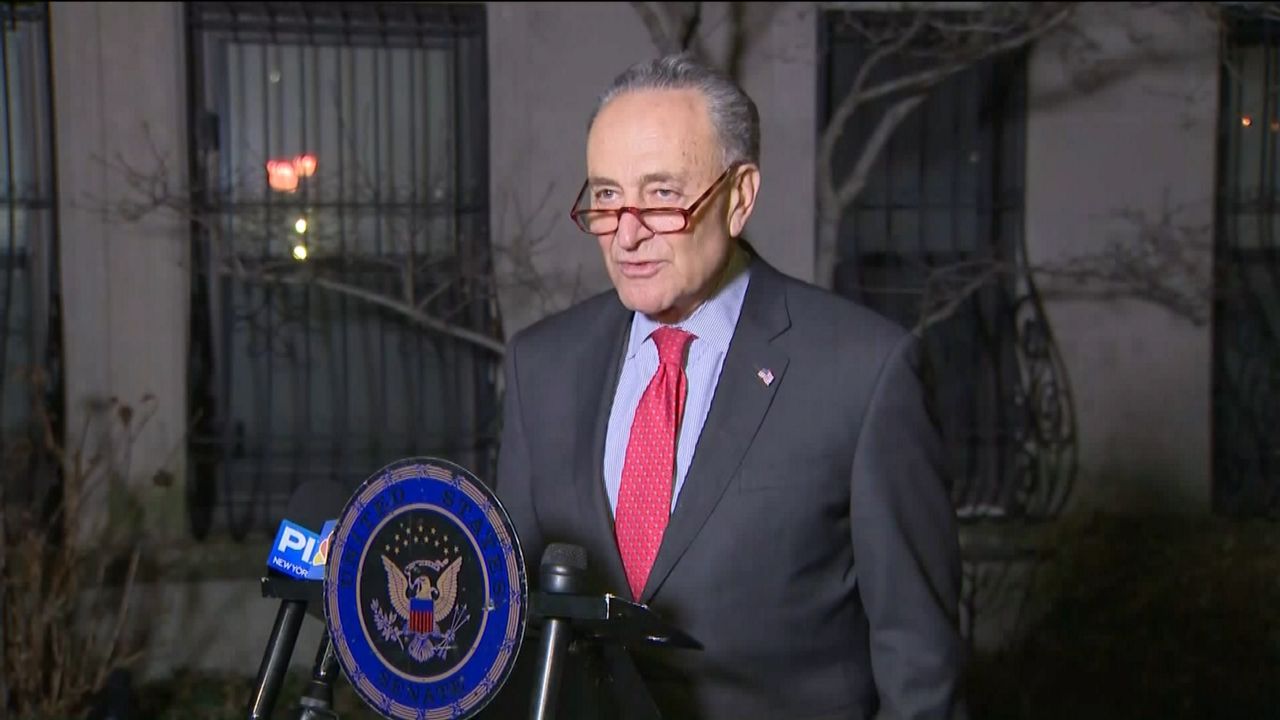It's the news federal workers were waiting for weeks to hear: an end to the longest government shutdown in U.S. history. For 35 days, about half of the 800,000 federal employees worked without pay, the rest were on unpaid furlough. Some haven't seen a single paycheck this year.
Antony Tseng, who works for the EPA says he had to make some tough choices to stretch his dollars and that the shutdown will have a lasting impact on him and his colleagues. Though federal workers are due to get back pay, they probably won’t see any money until next week.
“It is good news to go back to work,” Tseng said. “It’s what I’ve been asking for throughout this period and the loss of pay. This is also just a resolution. There’s always a danger that we are going to be back in the same position again.”
Government agencies which saw a reduction in staff and resources are still feeling the shutdown's impact. That includes the TSA and air traffic controllers, many of whom called off to avoid working without pay. They'll now get "a partial payment" on their lost wages. The federal court system, which had to limit itself to emergency cases only and shorter trial days will have a lot of catching up to.
Democrats in congress are still holding on to their rejection of a U.S.-Mexico border wall, the sticking point that prompted President Trump to order the shutdown. Now that it's over, there are signs of a possible compromise on immigration.
"I believe that we can come to an agreement on what border security should be appropriated in the next few weeks,” Senator Chuck Schumer said. “And I also believe that Donald Trump has learned his lesson, that shut downs don’t work and they will hurt him politically.”
This is a temporary end to the shutdown. The government has funds for 3 weeks. That gives lawmakers until February 15th to reach a deal on immigration.



